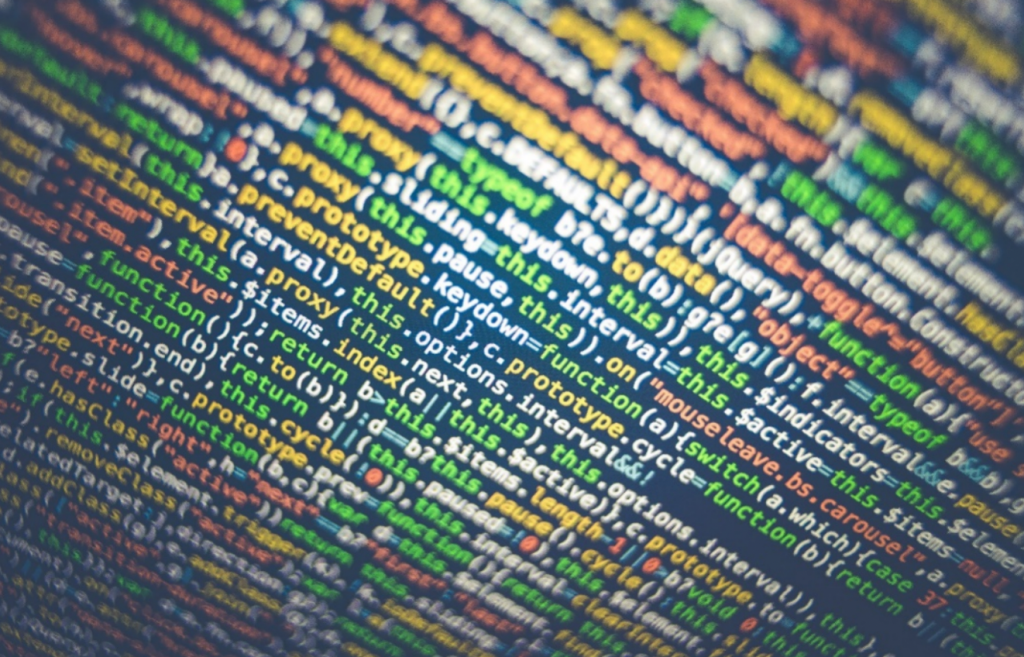We live in a digitally-connected world where everything is accessible through smart devices. Digital connectivity has allowed people to stay in touch with their loved ones regardless of their geographical distance.
Various mobile applications make this process seamless, with the same experience for those in the same territory or elsewhere.
Connectivity has also enabled people to learn remotely. During the coronavirus pandemic, when schools and colleges were forced to shut down their campus to prevent the disease from spreading, remote learning allowed them to continue their operations.
Similarly, offices that could no longer operate physically resorted to remote working, accelerating a process that culminated in people finding remote jobs worldwide.
However, while connectivity has brought the world together and made life significantly easier, it has also increased risks. Data theft is a common crime worldwide and must be taken seriously.
If you are relaxed about protecting your data, we cannot emphasize the need for taking preventive measures as soon as possible.
If you are concerned about protecting your data, this guide is for you. It will help you build a protective regime to protect data available on the cloud and the data saved on your phone or laptop.
If you are a business owner, you might want to check out digital asset management by Widen to streamline your company’s operations and protect critical data.
So, without further ado, let’s discuss ways to secure your data.
1. Personal evaluation:
Contents
The first step toward protecting your data should always be a personal evaluation. This means that you need to evaluate where exactly your data is stored.
If you have multiple email addresses or cloud storage subscriptions, you need to check what you have stored there.
Are you storing personal photos on the cloud? Do you have any banking information saved there? How much of your data is stored on your phone? Do you have any backups?
These are the sort of things that you need to look at while you conduct a personal evaluation. The rest of the steps can be seen in isolation, but personal evaluation always leads to a better outcome.
2. Use unpredictable passwords:
People often opt for easy passwords just so that they can remember them. It is not a wise practice to set your pet’s name or your favorite color as your password.
A password is a gateway to your data, so you should treat it with the utmost seriousness. Easy passwords are easily predictable, and you want to make this process hard for anyone who attempts to access your data.
Incorporating numbers and symbols in your password can be an excellent approach. However, if you seriously need to enhance your security, you need to generate your password through a password generator, which you can then tweak and use.
3. Keep your password safe:
If the notes app on your smartphone syncs with the cloud, it is not a good idea to store your passwords there. Anyone who gains access to your account can easily access your notes and find your passwords listed there.
Unless your files are encrypted, you make it easy for any hacker to steal your data by leaving your password out in the open.
Instead, what you should be doing is you should store your password in a password manager that not only encrypts your password but also validates access through biometric credentials.
This can make a huge difference in your data security regime.
4. Do not leave your devices unsecured:
Another amateur mistake is to leave your devices unsecured. This applies to your smartphone and your laptop.
You need to ensure that your devices are protected at all times. A strong password can help, and biometric verification can enhance your security further. However, encryption can make a huge difference.
It is wise to encrypt your smartphone and laptop so that even if someone physically gains access to your devices, they cannot access your data unless they have the proper credentials to get to it.
Most smartphones and laptops have internal features that allow you to encrypt them, and you should use them to secure your data.
5. Set up two-factor authentication:
This applies to your email accounts and your social media accounts as well. If your email address and social media accounts are only guarded by one layer of security, they are prone to hacking attempts.
While significant email providers and social media companies invest a lot of effort and resources into securing their services, it does not relieve you of the responsibility to protect your data.
One great way of adding another layer of security is by enabling two-factor authentication.
You can use an authenticator tool or have these services send you a code on your smartphone for additional verification once you successfully put in your password.
6. Use secure wireless networks:
People often carelessly use wireless networks without paying heed to warnings about being on unsecured networks.
This is especially true for people who use WiFi at restaurants or malls. If you are not cautious, this can lead to data theft easily since you are using the same network as someone who wishes to gain access to your device or online accounts.
Suppose you are surfing the internet or are logging into your online accounts while on public WiFi; it is best to use a Virtual Private Network (VPN) to secure yourself. Your internet traffic will be encrypted, and nobody will be able to intercept it.
Conclusion:
The tips mentioned above can help you add another layer of security while handling your data. Other recommendations include using antivirus or malware protection tools to protect your computer and keeping your devices updated since companies routinely identify and fix vulnerabilities through software patches.

